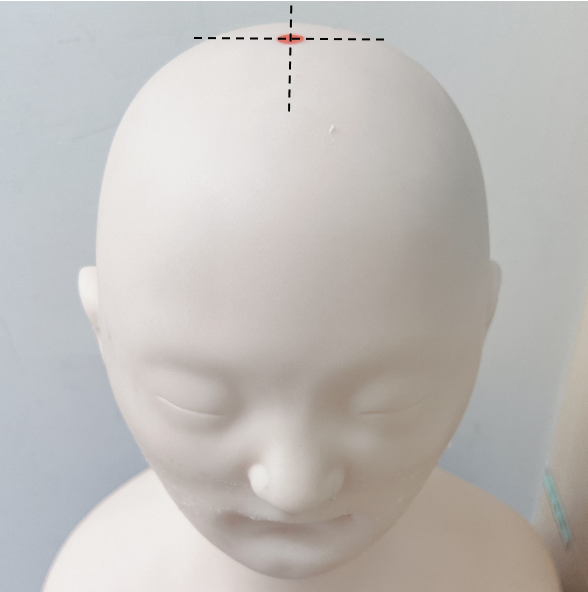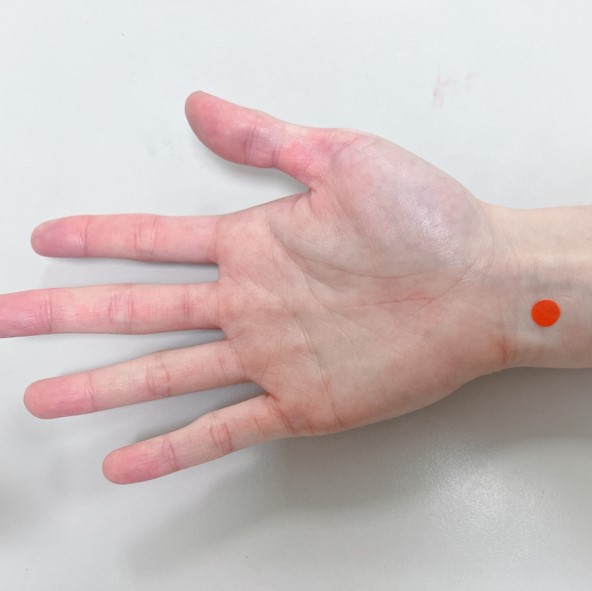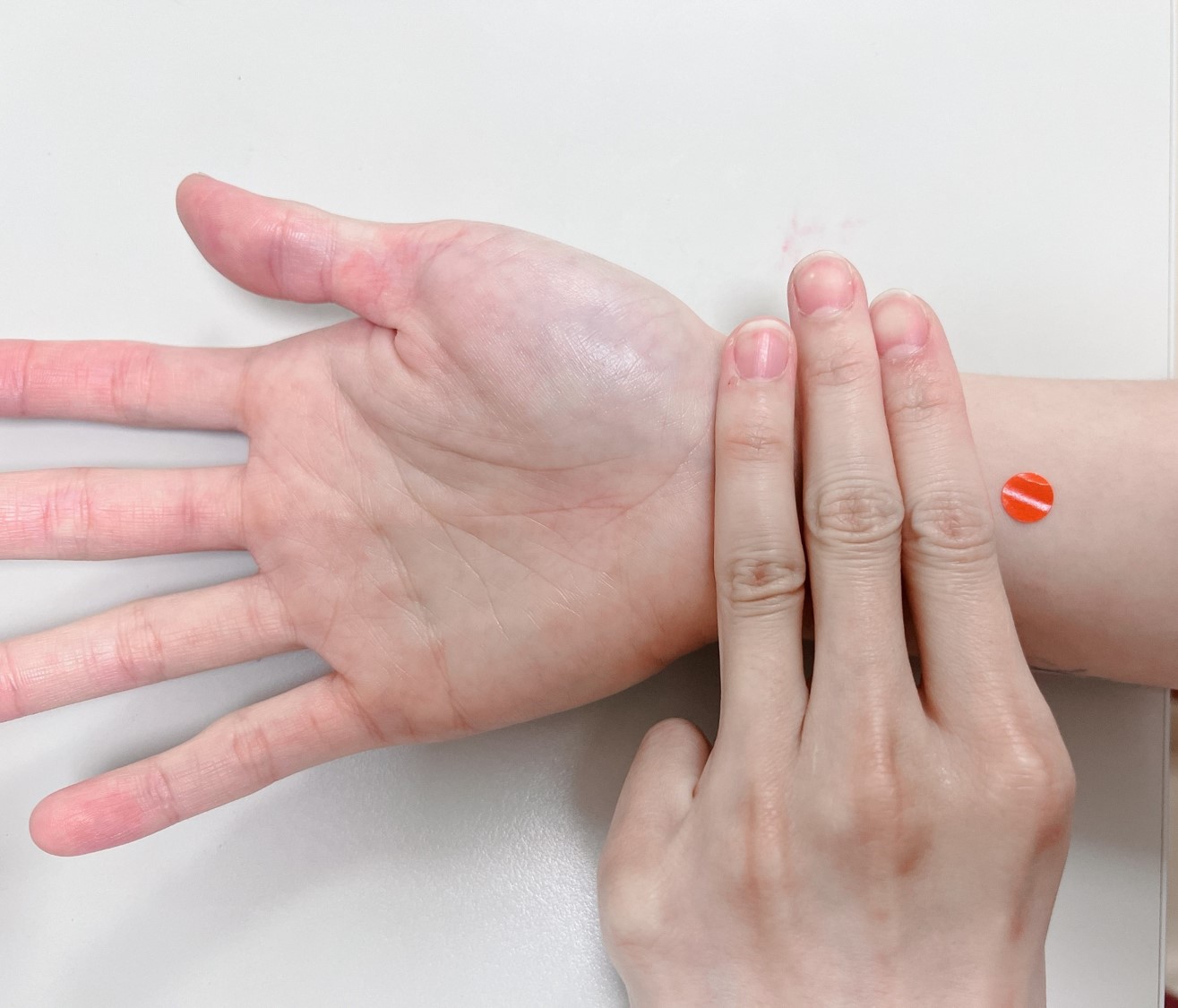Common Symptoms
Delirium may cause the following problems:
- Mood changes: The patient may suddenly become fearful, anxious, suspicious, angry, depressed, or overly happy.
- Thinking and memory problems: The patient may forget the time or place, have poor memory, or speak unclearly.
- Sleep problems: They may sleep a lot during the day but stay awake at night, or their sleep may be broken or reversed (day and night switched).
- Perception problems: Some may see or hear things that aren’t there (illusions or hallucinations). For example, they might say they hear or see a deceased relative, which can be frightening for family or caregivers.
How Can Acupressure Help?
- Acupressure can help stimulate nerves and improve blood flow, helping the body relax and restore balance between organs and tissues.
Important Tips Before and During Acupressure
- How to acupressure: Use your fingertips to gently press on each acupoint until you feel a mild soreness or pressure.
- When to acupressure: You can do it at most times of the day, but avoid pressing within one hour before or after meals.
- How long and how often: Choose 2–3 acupoints each time and press both sides at the same time if possible.
- Acupressure each point for 3–5 minutes, then move to the next one.
- Avoid acupressure if the patient has: Bone fractures, tumors, pregnancy, or skin wounds.
- Before you begin: Trim your fingernails to avoid scratching the skin.
- Measuring finger width: When the instruction mentions “one finger width,” use your own finger for reference.
Recommended Acupoints
1. For Mood Problems
-
Baihui (GV20):
Located at the top of the head, where the line between both ears meets the midline of the head.
→ Helps calm anxiety and agitation by balancing brain activity.

-
Daling (PC7):
Found in the middle of the wrist crease, between the tendons of the palmaris longus and flexor carpi radialis.
→ Calms the mind and relieves restlessness.

-
Shenmen (HT7):
On the wrist crease, at the little-finger side of the wrist.
→ Helps “nourish the heart and calm the spirit,” reducing anxiety and irritability.

2. For Thinking and Memory Problems
-
Sishencong (EX-HN1):
Four points located one thumb-width in front of, behind, and to each side of Baihui.
→ Traditionally used to strengthen memory, improve concentration, and increase blood flow to the brain.

-
Neiguan (PC6):
About two finger-widths above the wrist crease, between the same tendons as Daling.
→ Used to help with forgetfulness, dementia, and heart regulation.

3. For Sleep Problems
-
Shenmai (BL62):
Found just below the outer ankle bone in a small hollow.
→ Helps improve sleep and relieve insomnia.

-
Anmian (EX-HN22):
Behind the ear, halfway between the Yifeng (SJ17) and Fengchi (GB20) points.
→ Promotes calmness and better sleep.

4. For Hallucinations or Perception Problems
-
Yintang (EX-HN3):
Located between the eyebrows.
→ Calms the mind, reduces hallucinations, and eases agitation.


